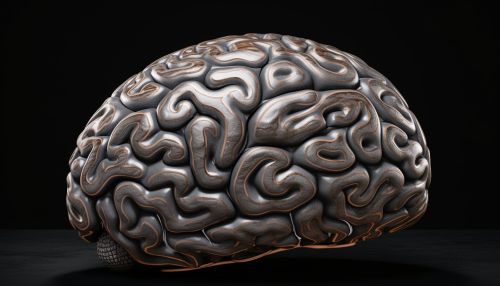Grey Matter
Introduction
Grey matter refers to certain regions of the central nervous system that are primarily made up of neuron cell bodies (also known as neurons), as opposed to white matter, which is mainly composed of myelinated axons. The grey matter includes regions of the brain involved in muscle control, sensory perception such as seeing and hearing, memory, emotions, speech, decision making, and self-control.


Structure and Composition
The term "grey matter" is derived from the grey-brown color of neural tissue. It is composed of neurons, glial cells (or simply glia), capillaries, and short, unmyelinated axons. The presence of numerous neuronal cell bodies gives the grey matter its characteristic color.
The grey matter serves as the primary component of the central nervous system, which includes the brain and spinal cord. It is in these areas of the brain and spinal cord that the processing of information takes place. This processing includes such activities as perception, memory, thought, and motor control.
Function
Grey matter is involved in many functions of the body. It is responsible for processing information in the brain, including motor control, sensory perception, memory, emotions, and speech. The grey matter in the brain is where information is processed and instructions are sent out to the body.
The amount of grey matter in different areas of the brain varies, and this variation is often related to functional specialization. For example, areas involved in sensory perception have a high proportion of grey matter, while those involved in motor control have less.
Grey Matter and Disease
Changes in the amount or structure of grey matter in certain brain regions have been associated with several neurodegenerative diseases, including Alzheimer's disease, Parkinson's disease, and Huntington's disease. In these conditions, the loss of neurons leads to a decrease in the amount of grey matter, which can result in a variety of symptoms depending on the specific brain regions affected.
In addition to neurodegenerative diseases, alterations in grey matter have also been implicated in psychiatric disorders such as schizophrenia and depression. In these cases, the changes in grey matter may be related to the underlying pathophysiology of the disorders.
